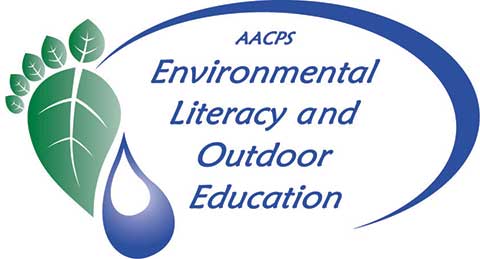Chesapeake Connections
Chesapeake Connections reaches every 6th grade student through an engaging, real-world restoration program. Learning starts in the classroom when Chesapeake Connections visits the students for a pre-trip lesson aimed at building background knowledge and generating excitement. Students then embark on an environmental stewardship field experience where they explore a local ecosystem and engage in a number of activities. Chesapeake Connections combines learning, stewardship, and exploration in a local setting and encourages students to apply their in-classroom learning to real-world environmental problems and their solutions. The Chesapeake Connections restoration project varies for each school and may involve participation in a stormwater restoration planting, oyster restoration, reforestation project, or climate data collection study.
*The Chesapeake Connections Program fulfils the 10 hour service learning requirement for the 6th graders.
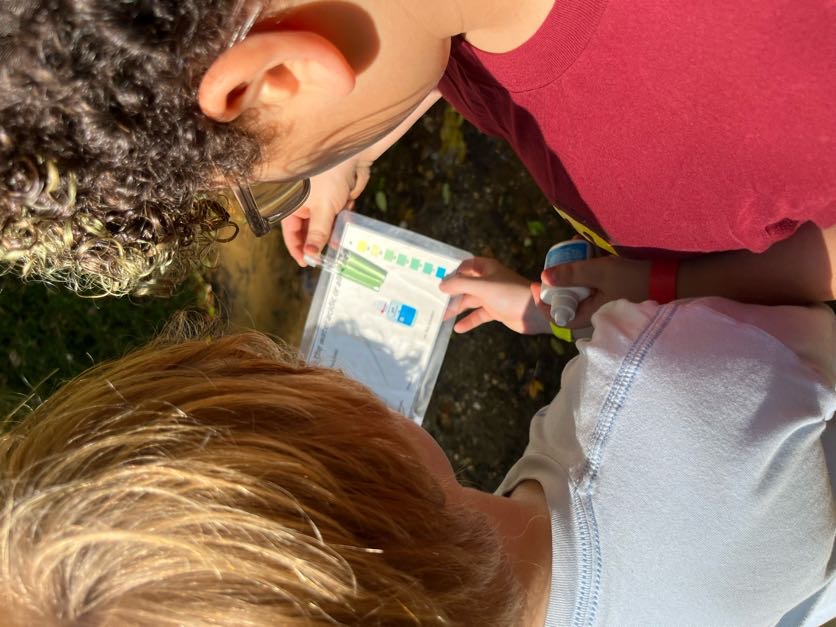
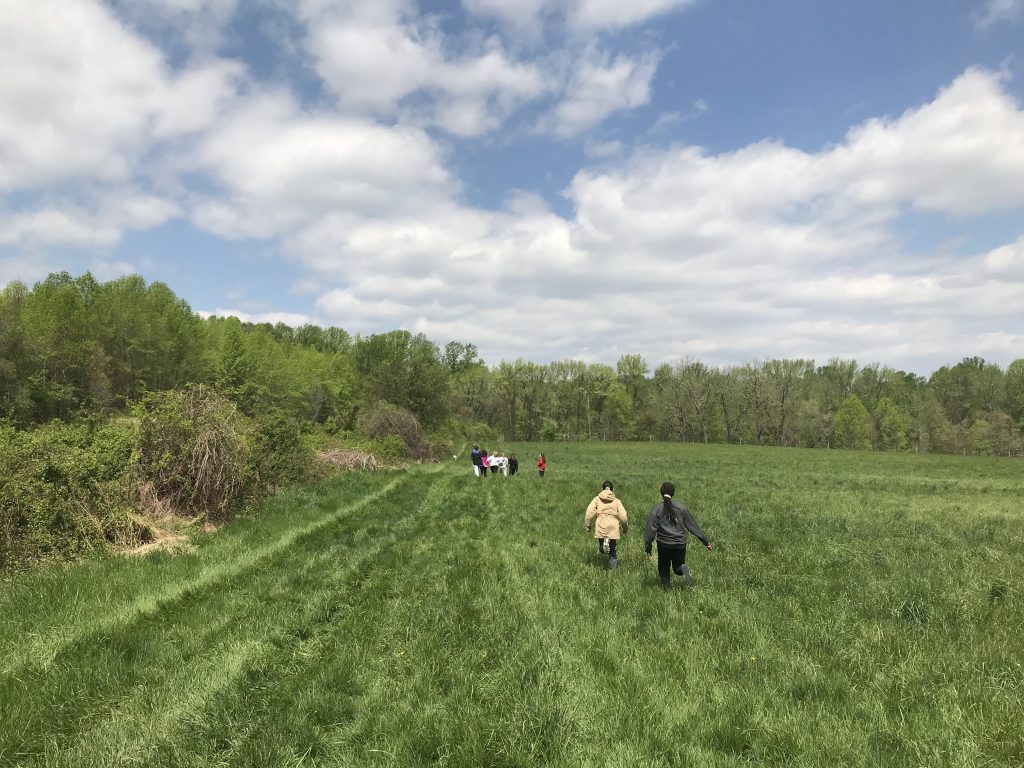
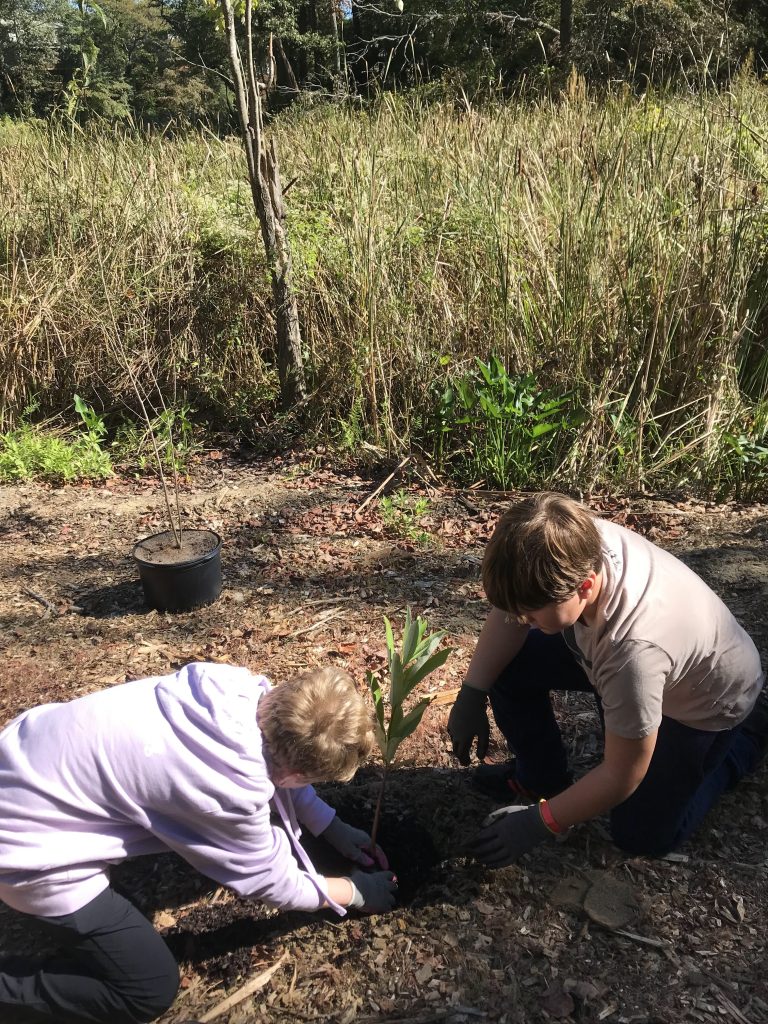
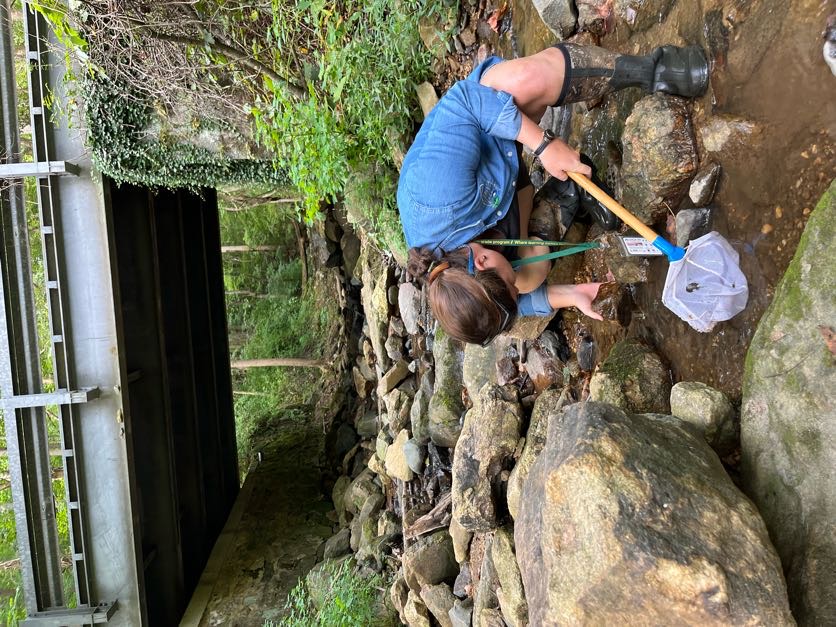
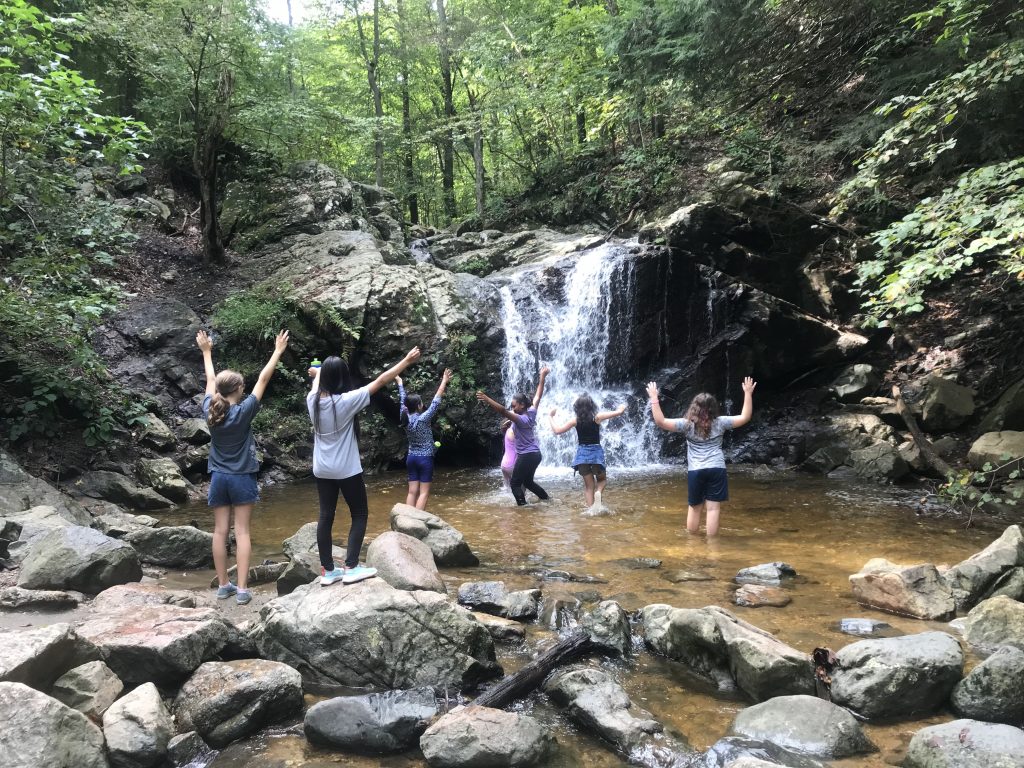
Partners of Chesapeake Connections

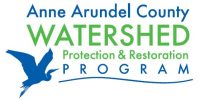
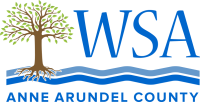
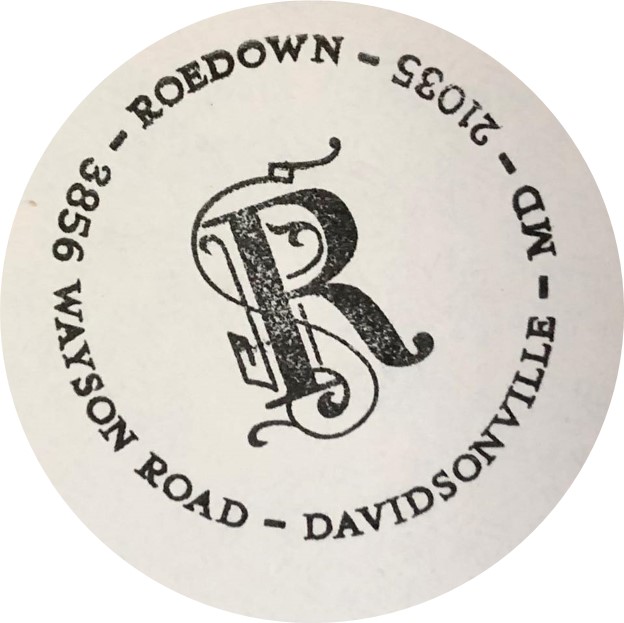
Contacts
Eóin Oneill eoneill@aacps.org
Anna Youngk aeyoungk@aacps.org
Amanda Miller akmiller@aacps.org
Arlington Echo 410-222-3822
